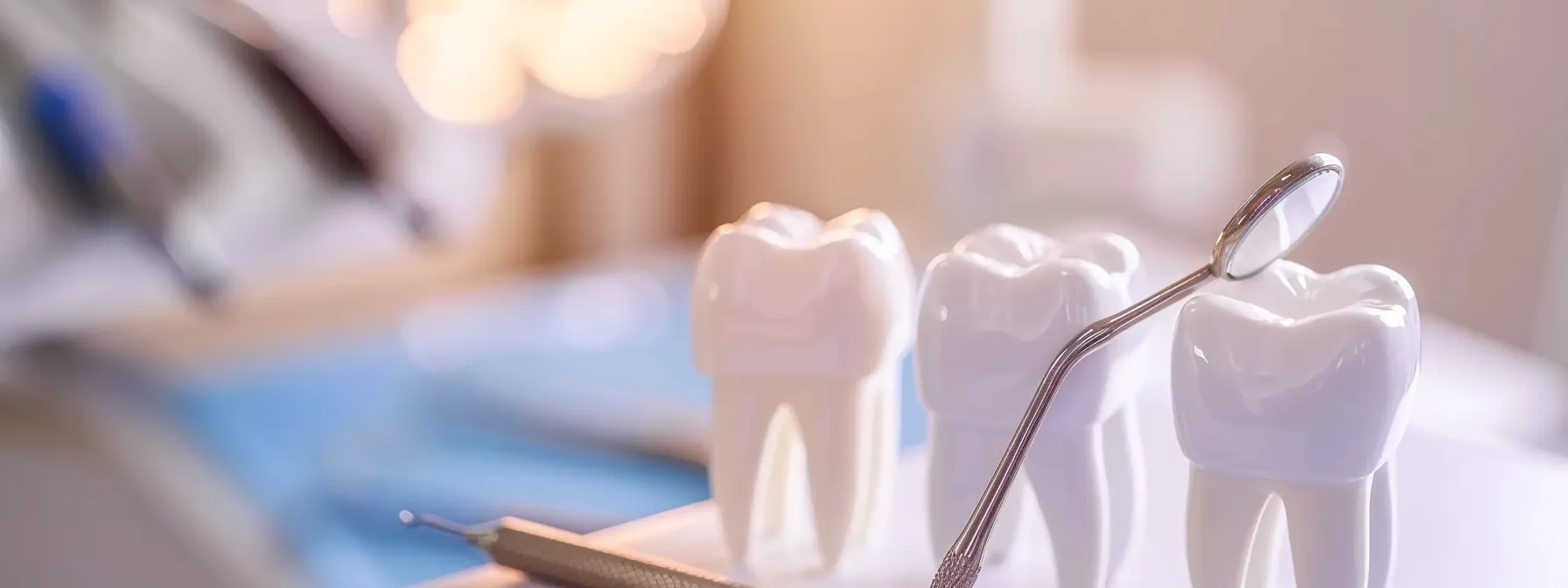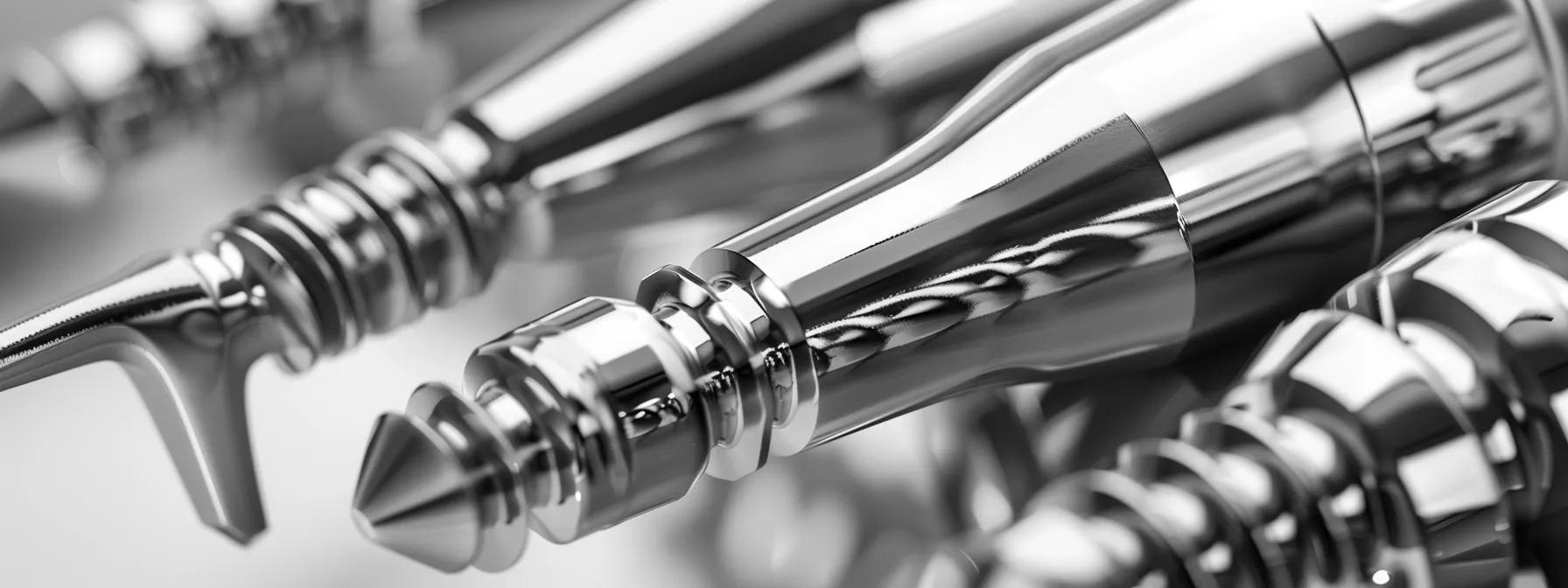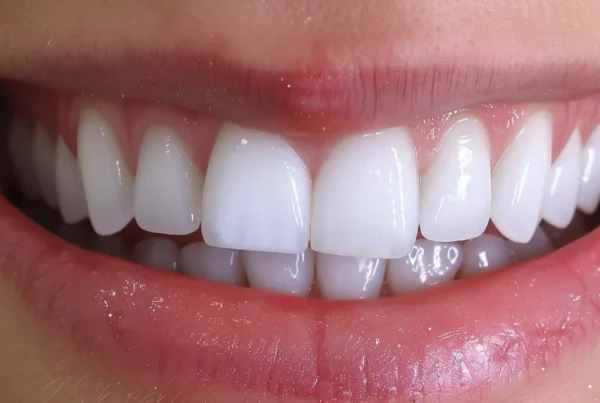Dental implants have a 95%+ success rate—but what about the small percentage that don’t go as planned? It’s a valid question. While most implants last for years without issues, complications can still happen. At Fountain of Youth Dental, we believe in full transparency, especially with major treatments like dental implants. Knowing the risks ahead of time empowers you to make confident choices.
The good news? Most dental implant failures are preventable with the right preparation, follow-up, and home care. And even if a problem occurs, we can usually treat it and try again. Let’s take a closer look at what causes implant failure, how to catch problems early, and what to do if it happens.
What Exactly Is Dental Implant Failure?
Dental implant failure happens when the implant does not fuse with the jawbone, becomes unstable, or stops functioning properly. This failure can be classified into two categories: early failure and late failure. Early failure typically occurs in the first few months after placement, while late failure happens months or even years later. Both types can lead to discomfort, bone loss, or implant removal if not addressed quickly.
It’s important to remember that failure doesn’t mean permanent loss. With the right care and treatment plan, we can often correct the issue and achieve success with a second attempt.
Early Implant Failure: What Can Go Wrong?
The first few months after surgery are critical to your implant’s success. During this period, the implant should integrate with your jawbone in a process called osseointegration. If this process is disrupted, the implant may fail to bond properly and become loose.
Common causes of early failure include poor bone quality, smoking, or placing too much pressure on the implant too soon. Other factors such as infection at the surgical site or unmanaged health conditions like diabetes can also interfere with healing. Pain, swelling that doesn’t improve, or a loose feeling around the implant are red flags to watch for.
We take preventive steps to reduce all of these risks, from detailed diagnostics to tailored post-op instructions.
Late Implant Failure: Years Down the Road
Just because your implant healed well doesn’t mean it’s set for life. Late implant failure can happen due to changes in your health, habits, or oral environment. One of the most common causes is peri-implantitis, a form of gum disease that develops around the implant.
This condition causes inflammation and bone loss, which can destabilize the implant over time. Other causes include chronic grinding or clenching, poor oral hygiene, and trauma to the area. If you suddenly have trouble chewing or notice changes in your bite or gum appearance, it’s time for a checkup.
We encourage long-term monitoring and maintenance to catch these issues before they escalate.

How We Prevent Implant Failure
At Fountain of Youth Dental, we prioritize prevention at every step of your implant journey. From your first consultation, we use 3D imaging to assess your jawbone and determine the best placement location. We also screen for gum disease and treat any issues before proceeding with surgery.
Our surgical techniques are precise and minimally invasive, which promotes better healing and reduces post-op complications. After placement, we provide detailed care instructions and follow up regularly to make sure everything is healing as it should. The goal isn’t just to place a successful implant—it’s to ensure it stays healthy long-term.
What You Can Do to Help
Your daily habits have a huge impact on the success of your dental implant. After placement, your home care routine becomes more important than ever. Brushing and flossing daily, especially around the implant site, helps keep plaque and bacteria from causing inflammation.
Using a water flosser can also be helpful for cleaning hard-to-reach areas. Avoid smoking and limit alcohol consumption, as both can slow down healing. Show up for all scheduled checkups and let us know if anything feels off—even small symptoms can signal a bigger issue.
Together, we’ll make sure your implant stays healthy and strong.
What If an Implant Fails?
Sometimes, despite everyone’s best efforts, an implant still fails. If that happens, it doesn’t mean the end of the road. We start with a thorough evaluation using X-rays and diagnostic tools to determine the cause. Once we understand the issue, we’ll create a plan to correct it.
In some cases, the implant may need to be removed and the site allowed to heal before a second attempt. We may recommend a bone graft to rebuild support in the area. Many patients go on to receive a replacement implant with excellent results after identifying and resolving the underlying cause.
You’re never left without options.
The Fountain of Youth Difference
We don’t just place implants—we take care of them. Our team at Fountain of Youth Dental brings years of experience, advanced technology, and personalized care to every case. We take our time to evaluate your situation, plan your procedure with precision, and support your recovery with compassion.
We believe dental implants are a life-changing solution for many patients. That’s why we take a comprehensive approach to care—ensuring each implant is designed to last. From your first visit to your final follow-up, we’re with you every step of the way.
Ready to Talk About Your Options?
If you’re worried about implant failure—or just want to make sure you’re in the right hands—come see us. Schedule a consultation at Fountain of Youth Dental, and let’s build a plan that protects your smile for years to come.
Ready for a dentist in San Antonio Tx who cares as much about your smile as you do? Contact Dr. Cappetta today to schedule a no-pressure consultation. Call us at 214-750-4901.
With Fountain of Youth Dental, you can stop settling and finally get the healthy, stunning smile you deserve!
Schedule a no-pressure consultation Today!
Related Articles:
Same-Day Dental Implants, affordable teeth implants, Dental implants surgery, Dentures with implants, Full Mouth Dental Implants, Mini Dental Implants, Zirconia Dental Implants, Soft Tissue Grafts or “Gum Grafts”, Cost of Dental Implants, Types of Dental Implants, Implant Supported Dentures, Implant Procedure, All-on-4 Dental Implants, Dental Implant Surgery Risks, What to Expect With Implant Surgery, Dental Implant Success, Types of Dental Implants, Are You a Candidate for Dental Implants?, Dental Implant Complications, Implants Maintenance Tips
Implant Specialist, Implants vs Crowns, Implants vs Dentures, Best Implants, Dental Implant Failure, Age Limit for Dental Implants
See More Reviews From Fountain of Youth Dental. View information about local places in our community. Get Driving Directions to Fountain of Youth Dental.
Questions Patients Ask
How do I know if my implant crown is loose or if the implant itself is failing?
Great question! If the crown feels wobbly but the implant itself is still secure in the bone, it may just be a loose abutment screw or a worn crown—both of which are fixable without removing the implant. But if the entire implant (post and all) feels mobile, that may be a sign of implant failure or bone loss underneath. Either way, don’t try to wiggle it or wait it out—come in for an exam so we can determine what’s really going on.
Can bone loss around an implant be reversed or stopped?
Yes—if caught early, bone loss around an implant (peri-implantitis) can often be stabilized with the right treatment. We may recommend a combination of deep cleaning, laser therapy, or even bone grafting to restore lost tissue. The key is catching it early and committing to consistent home care and professional maintenance. Ongoing cleanings and exams help us monitor changes and keep your implant stable.
Are there specific foods or habits that make implant failure more likely?
Yes, and some of them may surprise you. Habits like chewing ice, biting fingernails, or opening packages with your teeth can stress the implant and crown. A diet high in sugar or processed foods may also increase the risk of gum inflammation. And of course, smoking and poor oral hygiene are two of the biggest culprits. Avoiding these habits—and sticking to a balanced, low-acid diet—helps keep your implant and surrounding tissues healthy long term.





